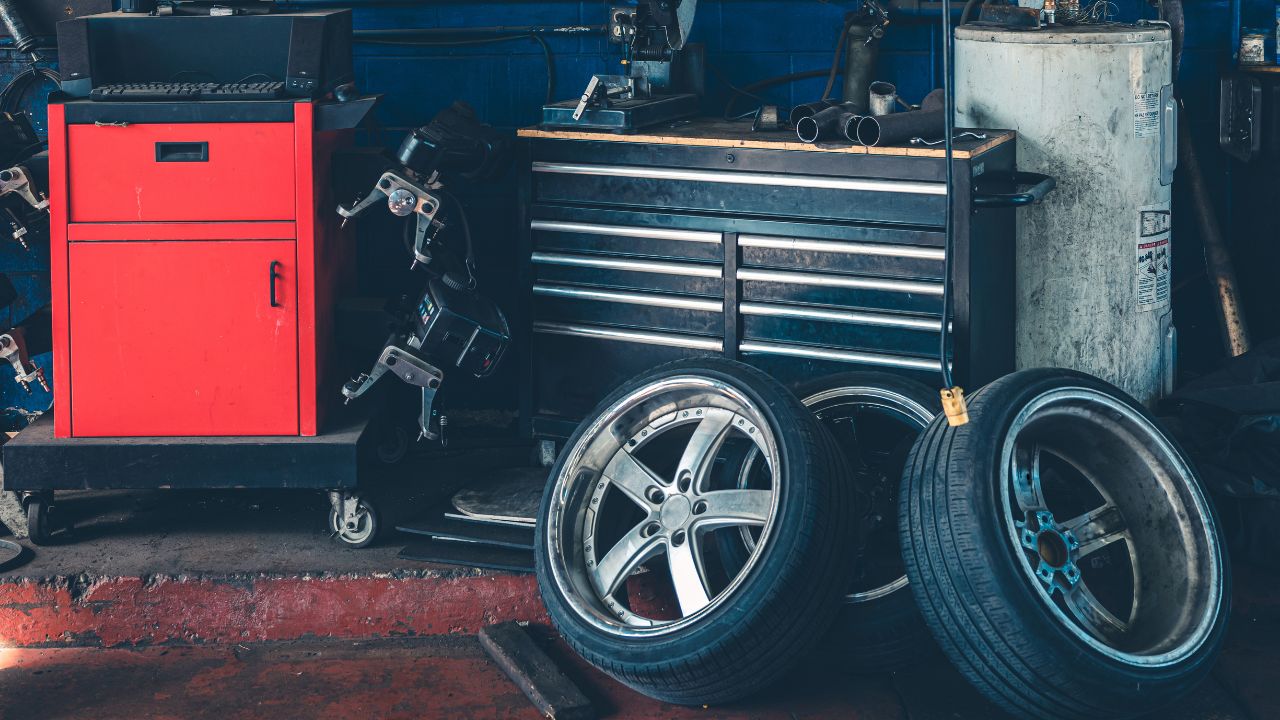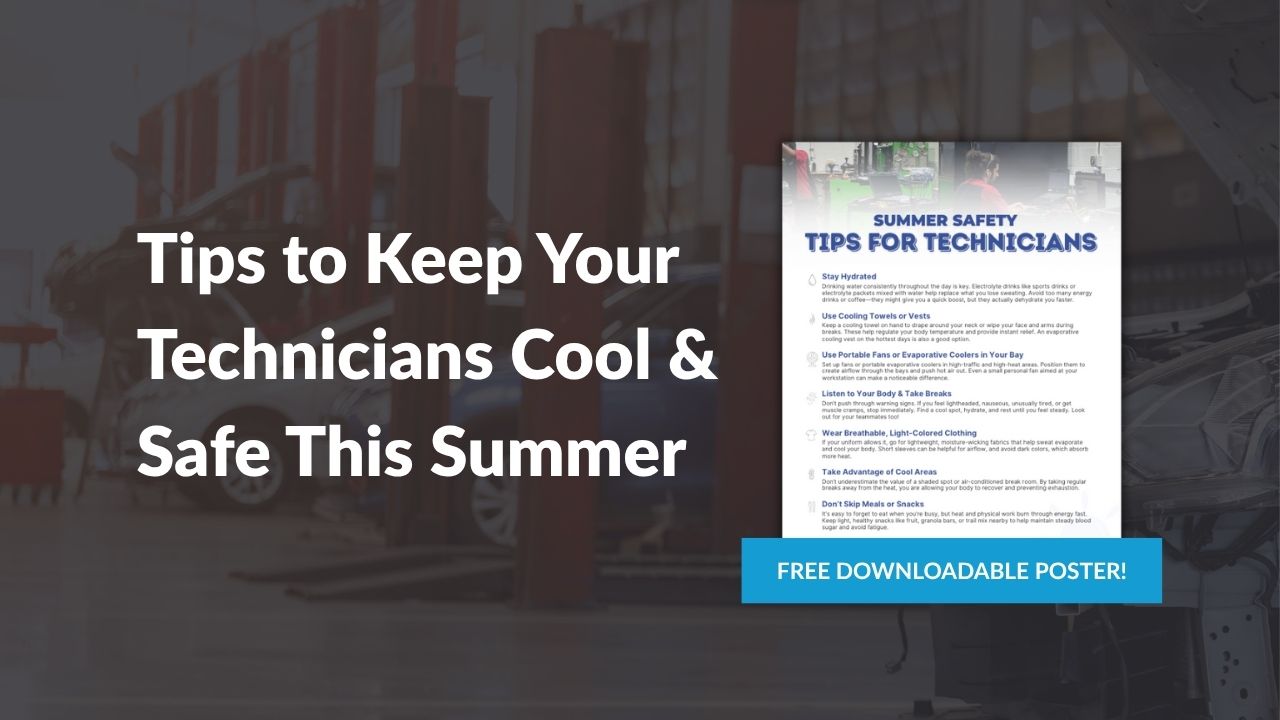With so many shops struggling to find and hire qualified technicians, we often see shops rushing the hiring process which, unfortunately, can lead to some poor hiring decisions.
While it is normal for a new employee to take 3-6 months to adjust to a new position, there are some red flags shop owners and managers can be on the lookout for to determine if there’s an issue with the technician beyond simply adjusting to a new job.
4 Signs of a Bad Hire
- Technical skills aren’t as expected. Throughout the hiring process, you should have been able to get a good grasp on the technician’s experience and skills based on their resume and interview. That’s why you hired them, right?! Despite our best efforts, sometimes we get a new technician who starts and it becomes very clear, very quickly that they’ve exaggerated their experience and skills.
- Unprofessional behavior. You will never see a better side of an employee than what you’ll see in the first two weeks. Things like recurring lateness, attitude issues, or poor teamwork will only get worse as time goes on. Individual instances are less worrying, but repetition or trends are a big red flag.
- Repeated mistakes. Mistakes happen, and that’s ok. Where this becomes a red flag is when the same mistakes are made repeatedly, despite the effort to train the technician on the correct way to do something. Good employees learn from their mistakes, welcome coaching, and correct their actions.
- Communication issues. Poor communication or lack of understanding is a flag that should be watched carefully. Poor communication will affect everything and everyone in your shop.
How to Handle a Bad Hire
Despite our best efforts (and we’ll get into some best practices below), sometimes bad hires slip through the cracks.
Here are some best practices for handling an employee who shouldn’t have been hired to begin with:
- Make sure onboarding and training were properly executed.
- Have regular conversations with clear expectations and feedback.
- Provide reasonable support (i.e., mentors, training, regular check-ins, etc.), but don’t go overboard when there are missing skills you thought were there.
- Document everything to make sure you have specific examples of the behaviors or issues, in case termination is eventually needed.
- Assign a probationary period.
- Know when it’s time to terminate.
Having to terminate an employee is never fun. However, if you have a solid process in place to help new employees succeed and they still aren’t working out, then you have plenty of evidence and support to back up your decision to terminate.
How to Avoid Bad Hires
Hiring the wrong person for the job is an expensive mistake—costing a shop 30% of the new employee’s first year’s earnings… Not to mention the effects it will have on your shop operations and morale.
The best way to deal with bad hiring decisions is to obviously avoid them to begin with.
Here are some ways shops can reduce the risk of a bad hire:
- Avoid reactive hiring. When possible, avoid putting yourself in a position where you need to fill a role quickly. Of course, it’s impossible to predict all resignations with life’s unpredictable nature. However, shops that are always accepting applications and having conversations with potential candidates are far more likely to be prepared for these situations. Building a bench of potential candidates is a great way to avoid hiring someone just to fill a void.
- Carefully define job requirements. This should be done continuously throughout the recruiting and hiring process, but it really begins with the job description. Make sure expectations and requirements are clearly stated in the job description. You can also pre-screen candidates to ensure they meet those basic requirements before you even bring them in for an interview.
- Interview mindfully. During the interview process, ask questions that demonstrate the knowledge and skills your ideal candidate should have. One best practice is to have two interviews for all candidates, so one person can focus on a cultural fit and the other can focus on the technical side.
- Verify certification claims. This is doable through whatever sponsoring organization issued the certification. Claims of ASE certifications are the biggest exaggeration in this field, and spotting the lie is a major indicator of future problems.
- Perform reference checks. These are uncomfortable, but a reference check that asks specifically about technical skills, work habits, and the ability to work with a team, will save much trouble down the road.
Recognition is Key to Avoiding Hiring Disasters
Recognizing the signs of a bad technician hire early on is crucial for maintaining shop efficiency and morale. While it’s normal for new hires to take time to adjust, consistent tardiness, repeated mistakes, a negative attitude, and a lack of accountability are red flags that warrant attention. Trust your gut. You know your team and what makes a good employee in your shop. If you’re worried about a new employee, there’s usually a good reason. And remember, with proactive recruitment and a buttoned up hiring process, you can greatly increase the chances of making solid hiring decisions.





